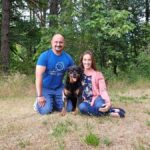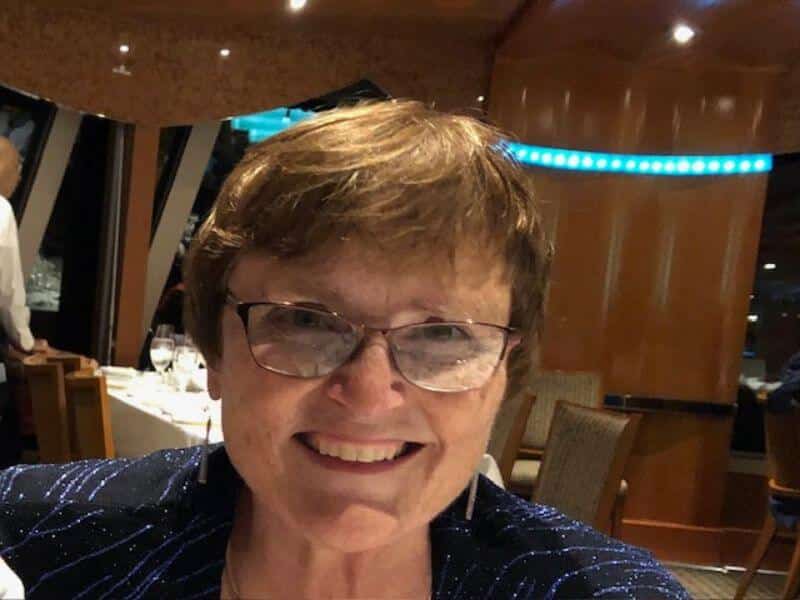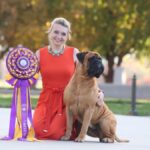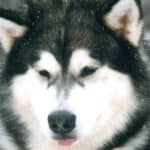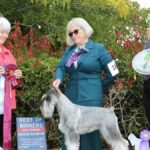Interview with Anna Quigley, Breeder of Lajosmegyi Pulik
Please tell us a little bit about yourself. Where do you live? What is your breed? What is your kennel name? Do you have a website? How long have you been in dogs? How long have you been breeding dogs? Who are some of your best-known dogs?
Anna Quigley: We are located in Chehalis, Washington, and our kennel name is Lajosmegyi. It means Lewis county in Hungarian. We have both Komondor and Puli, and have bred Westminster Group Winners and many National Specialty Winners in both breeds. Patricia Turner and I have had AKC Komondorok since 1973 and Pulik since 1975. Our best-known dogs are a Komondor named Ch. Lajosmegyi Dahu Digal and a Puli named Ch. Cordmaker Field of Dreams. Both of these dogs were bred by Patricia and myself.
As a Breeder, can you share your thoughts on your breed today? Is breed type strong? Are there things to be concerned about? Are there any health-related issues? Have you worked with breeders overseas? Are pet homes typically available for your breed?
Anna Quigley: Breed type, overall, is pretty strong, but we have been seeing a strong tendency towards short-legged Puli. It is very important for this breed to be a square breed with a short lion. They are a very athletic breed, which was needed in their country of origin, Hungary, where they had rough terrain and often would jump on the sheep to assist in herding the sheep. One of our National Specialty winners, Ch. Lajosmegyi Singin In The Rain, could stand flat-footed and jump up and hit the top of the six-foot fence with his back feet. These are the quality’s we want to keep in the breed.
Pat and I did breed to a male from overseas and that litter of four produced two National Specialty and Best in Show winners: Ch. Cordmaker Field of Dreams and our owner-handled Ch. Lajosmegyi Singin In The Rain.
We seldom have Puli litters, but there always seems to be pet homes waiting to find a Puli. Pulik are fun dogs to live with, but an owner needs to realize they generally are very smart dogs and need a job. I think it is much harder to find younger people interested in having the patience to own and show a Puli.
As an Exhibitor, can you comment on recent entries in your breed? Are majors available in your area? Does your breed often participate in Companion and Performance events? How can newcomers in your breed be encouraged to join the sport of dogs?
Anna Quigley: Entries are very hard to find. In the Northwest, there are never majors. We simply have to travel to get them. The breed is excellent in companion and performance events. I think newcomers may find interest in the performance events because most people want fewer dogs and enjoy earning the different titles on them. I think all of us need to share with the newcomers how critical it is to be involved, to help preserve these wonderful breeds.
What are the biggest challenges facing the dog show community as a whole and how can we address them? And finally, what are some of the positive changes you’ve seen in your breed and in the dog show community as a whole over the past decade?
Anna Quigley: I think the cost of owning dogs is the biggest challenge for the dog community. Veterinary care, dog food, entry fees, and also travel expenses have skyrocketed. Dog club members are aging and clubs are forced to charge exhibitors for everything just to make ends meet.
On the positive side, I think we have improved the Puli temperament, head proportion, coat, and movement. We have a very limited gene pool and it is lovely to see this breed work so well together to preserve it.
